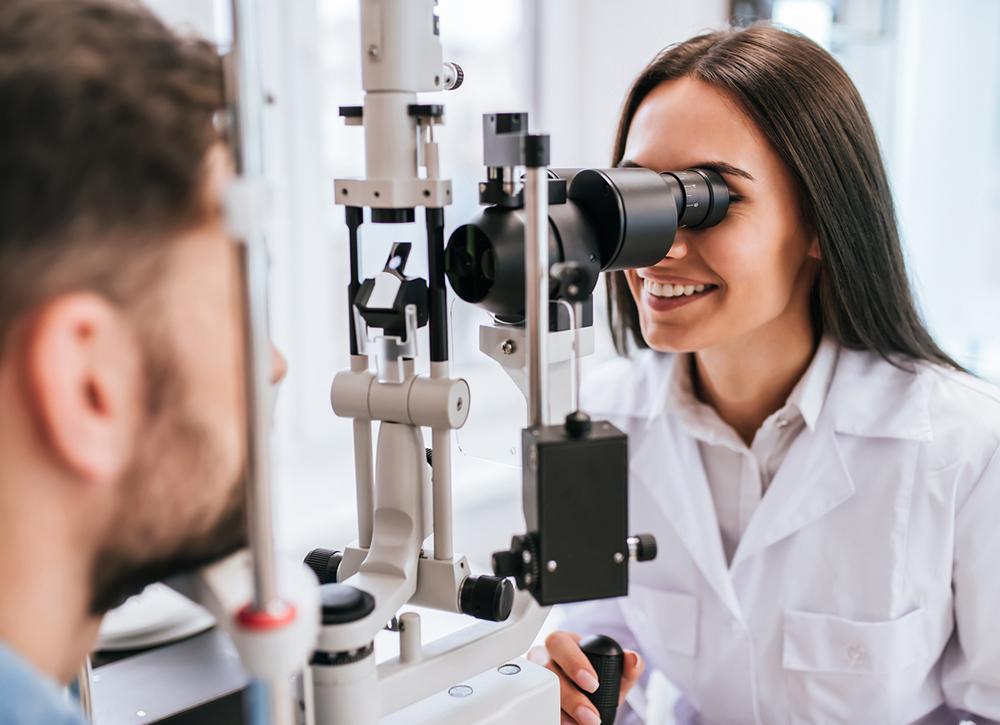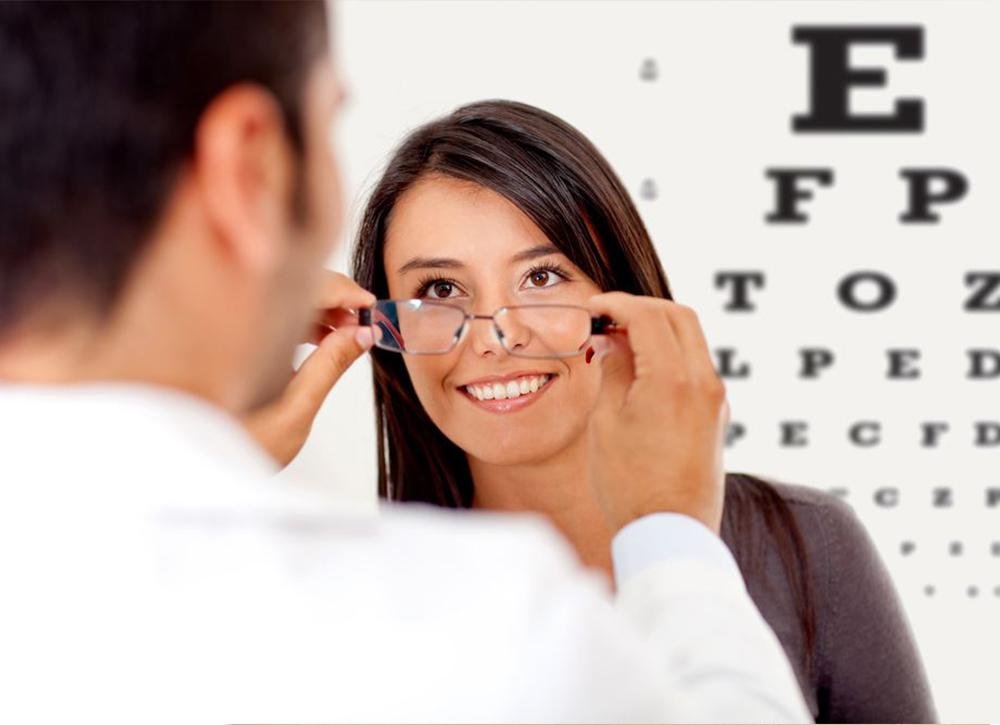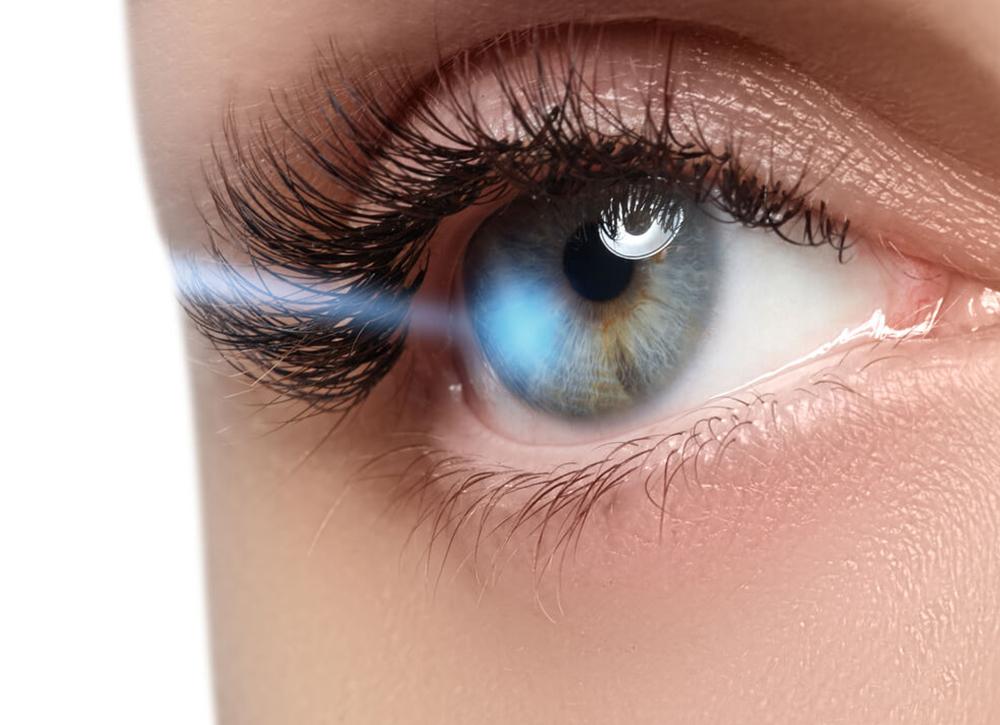Optometry is to check the concentration of light after entering the eyeball. It uses the state of emmetropia as the standard to measure the degree of difference in vergence and dispersion between the inspected eye and the emmetropia. Since many people will almost have to wear glasses in their lives, optometry is currently one of the most basic, most commonly used but important tasks for optometrists. Optometrists are also known as optometry physicians in the United States and Canada, and they hold a Doctor of Optometry degree. Known as an ophthalmologist in the UK, they are health care professionals who provide primary eye care through comprehensive eye examinations to detect and treat various visual abnormalities and eye diseases. So, do you know how the method of optometry evolved?
Retinoscopy
When Sir William Bowman observed an astigmatic eye with a fundus in 1859, he found a very special band-shaped eye reflecting light.
In 1873, F. Cuignet was the first to use a retinoscopy for optometry. He found that the shadows in the eyes of different refractive errors were different, and the size, brightness, and moving speed of the reflected light were also different. He believed that the reflection came from the cornea, so the method is named Keratoscopie.
In 1878, Mengin (a student of F. Cuignet) determined that the actual light source reflected came from the retina, and published a paper and popularized the retinoscopy method.
In 1880, H. Parent calculated from the optical angle and can accurately measure the refractive power through the lens, and started the retinoscopy optometry. The retinoscopy (skiascopy) he used is still in use today.
In 1903, A. Duan used a cylindrical lens in retinoscopy.
E. Landolt proposed the far-point theory to explain the retinoscopy phenomenon and install the retinoscopy light source in the retinoscopy lens.
In 1920, Jackson Copeland made a great contribution to the development of retinoscopy. When using the spot retinoscopy practice, accidentally he dropped the retinoscopy on the ground, and the damaged filament formed a strip of light reflection. Thus he invented the strip retinoscope. It applied for a patent in 1927 and was widely used in the United States.
Retinoscopy is a very important method of objective optometry. It can accurately reflect the refractive state of the examinee. Although, after the appearance of the computerized refractor, the retinoscopy method gradually faded out of the stage, and some optometrists did not even understand the principle and operation of retinoscopy. However, in some special conditions, when the objective refractive state of the examinee cannot be detected by objective refraction methods such as computer optometry, we can still obtain an objective situation through the method of retinoscopy. When the examinee has some eye diseases, retinoscopy optometry can also detect them in time; Also, when the examinee is in a state of excessive adjustment, retinoscopy can help the examiner find the abnormal accommodative state in time and avoid the interference of false refractive components.
Comprehensive optometry equipment
In the mid-19th century, doctors used a single hand-held lens to test for optical errors, one at a time in front of the patient's eyes, or in a trial frame. When he or she examines a patient, there are often dozens or hundreds of wooden boxes for storing lenses on the doctor's knee or near the patient's chair.
In the late 19th century, the United States, Germany, France, and the United Kingdom actively invented many mechanical refractometers to speed up the process of bringing lenses to the eyes of patients. Various patented or non-patented optometry instruments appeared throughout the late 19th century and the early 20th century, some of which contained various tactic rotating electric instruments, usually with the name of the inventor in front of them.
Around 1910, the prototype of the current comprehensive refractometer appeared. The trial frame was used to test the eyes. The trial frame was placed on the patient's face or support rod. Additional testing devices were added to the front of the trial frame, such as Maddox rods and rotating prisms. , The back of the trial frame is placed on the back of the lens of different degrees.
Automated Refractometer
Automated Refractometer was originated in the United States. It was invented and manufactured by NASA scientists to check the eyesight of astronauts. In 1974, it was awarded the title of one of the 100 best industrial products in the United States and was later changed to civilian use.





































